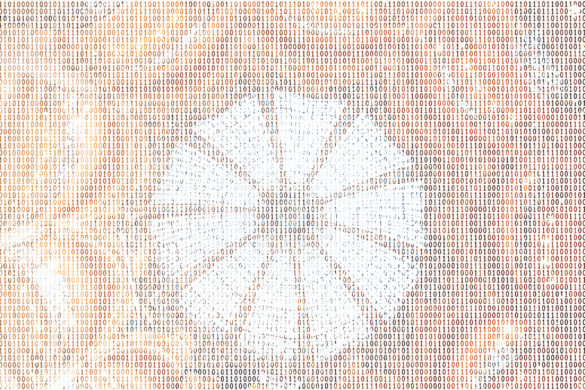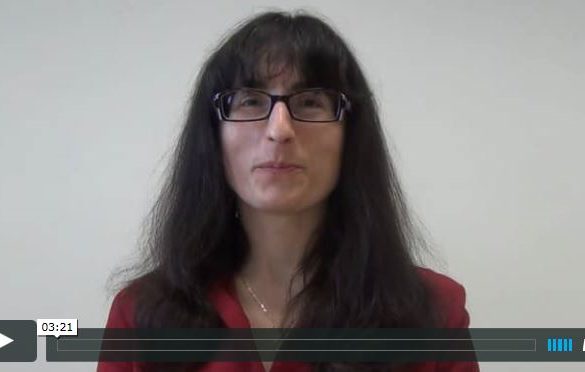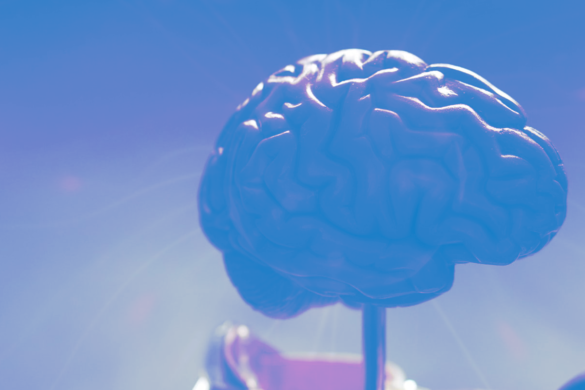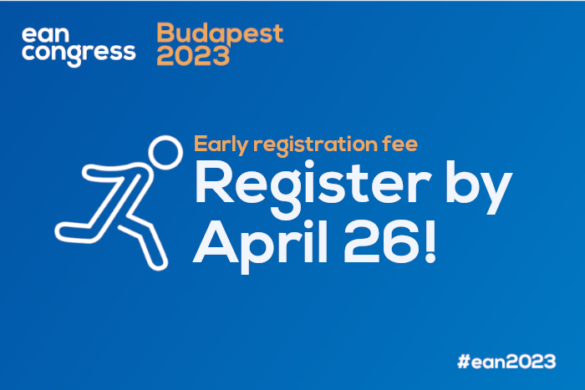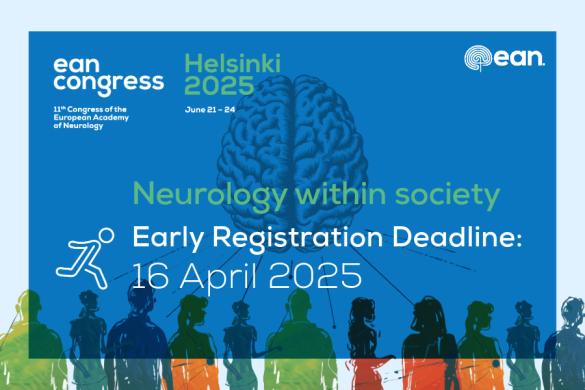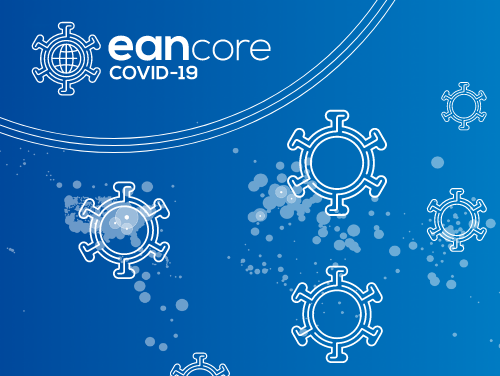Clarification (July 1, 2021):
The “must see” symposium “The next revolution for neurotherapy? Navigated transcranial ultrasound for surgery, blood brain barrier opening and neuromodulation” presented leading scientist and clinicians from the novel field of Ultrasound Brain Therapies. Prof. Andres Lozano introduced focal Ultrasound Surgery and stressed that among 4 currently available focal neurosurgical approaches, about 90% of his patients meanwhile choose Ultrasound as their therapeutic option. Prof. Jean-Francois Aubry introduced Ultrasound Blood-Brain-Barrier Opening where large clinical studies for targeted focal transfer of medications, antibodies or viral vectors are running. Prof. Roland Beisteiner introduced Ultrasound Neuromodulation Therapy and the Transcranial Pulse Stimulation technique (TPS) as a novel add on therapy. He reported promising results from the first clinical study with navigated ultrasound, improving cognitive performance in AD patients already on successful state of the art medication.
Symposium 8 at the EAN 2021 Virtual Congress addressed the subject of navigated transcranial ultrasound on Monday, June 21. A high quality panel delivered a trio of interesting lectures, tackling neurosurgery, blood brain barrier opening, and neuromodulation.
First to speak was Andres M. Lozano, from Toronto, Canada, covering ‘Focal surgery with ultrasound’. He explained that the most significant hurdle in the early development of transcranial ultrasound was that the skull blocks 90% of the beam energy, and it was only in recent decades that technology has been developed to focus many beams onto a single point to create therapeutic lesions.
Lesions are created by increasing the temperature at the focal point; the temperature goes up, peaks at a required level, and then goes down, leaving a lesion at the focal point. The method can be used to great effect in reducing essential tremor. Immediately after each sonication, the effect on the tremor is evaluated, and the procedure is repeated with increasing temperature until the tremor disappears.
Lozano said the most common side effect is paresthesia, but that some patients also see a gait disturbance or contralateral weakness. 3D volume reconstruction of lesions that caused such side effects showed encroachment of the lesion on neighbouring brain regions. Subsequent procedure have therefore been refined to avoid those encroachments avoid these encroachments.
The patients treated at Lozano’s centre are offered a range of options to treat tremors and the recent trend is that 90% choose the focuses ultrasound option, meaning it has overtaken deep brain stimulation in popularity and revolutionised treatment of tremor.
Lozano described progress in performing bilateral thalamotomies, with a six-month gap between performing the procedure on each side, showing extremely promising results.
He then discussed a range of uses that are being examined, such as pallidotomy, pallidothalamic tractotomy and subthalamotomy all for Parkinsons disease, and numerous other possibilities including brain tumour ablation, capsulotomy, thalamotomy to treat pain with immediate effects, and even sonothrombolysis.
The next speaker, Jean-Francois Aubry, from France, spoke about ‘Focal blood brain barrier opening with ultrasound’. He began with a short history of history of proposed techniques to open the blood brain barrier (BBB), including those that actually damaged the barrier and made the process irreversible, and addressed the work done to find the threshold to open the barrier without damage.
The gamechanger, he said, was the use of contrast agent microbubbles. Instead of generating cavitation with US, the contrast agent bubbles oscilate, expanding when pressure is low and contracting when pressure is high, causing the vessel walls to stretch just enough for drugs to pass through the tight junctions.
He discussed a study where doxorubicin was delivered through an opened BBB, showing significant improvement in the survival of animals, and pointed out that this method can be used to treat tumours that are not reachable by chemotherapy. He also showed an application in clearing amyloid-β placques in a mouse model for alzheimers.
Aubry then said the method has been used in rats and addressed ‘the big question’ of how to translate this to humans.
He showed the results of several successful safety studies involving the opening of the BBB to administer chemotherapy in patients with glioma, to deliver therapy to patients with early to moderate alzheimers, and to open the BBB in the motor cortex of ALS patients.
He also showed that lightweight handheld and neuronavigated systems have been developed specifically for BBB opening and are now available. Finally, he showed how BBB opening can be
used to deliver neuroactive drugs to modulate brain activity, bridging the gap with another promising application of transcranial ultrasound: transcranial ultrasound stimulation (TUS).
The final speaker was session co-chair, Roland Beisteiner from Vienna, Austria, talking about ‘Focal neuromodulation with ultrasound’
He explained the background of navigated transcranial pulse stimulation (TPS), which began in earnest with a feasibility and safety study in Alzheimer’s patients. The method uses very short singular ultrasound pulses at a clinical pulse repetition rate in the range of 1-8 Hz to stimulate neurons.
Beisteiner explained that the advantages over FUS techniques are that pulse generation is based on clinically established technology, there are no secondary stimulation maxima, and no brain heating occurs. He also emphasised that the mechanical effects of pulse technology are only related to pressure pulses up to 25 Mpa, with no tissue damage ever having been observed at pressure below 40 Mpa. The effects only concern mechanosensitive channels and pore formations, leading to changes of transmitters and factors. Consequently, microalgia activation and plaque reduction have been observed in a mouse model and neuronal stem cell proliferation stem cell differentiation have also been observed. He said the final consequence is support of longterm neuroplasticity, which leads to behavioural and memory improvements in animals.
The advantages of TPS over electromagnetic neurostimulation are precise targeting in brain tissue with pathological conductivities and that it is a first non-invasive deep brain stimulation technology that can reach deeper regions of the brain.
Beisteiner explained that clinical benefits are likely for all diseases which benefit from neuroplastic reorganisation as well as for diseases which may benefit from non-invasive deep brain stimulation. Benefits are also likely for diseases with focal pathologies that require precise targeting, like Parkinsons, stroke and pain therapy.




